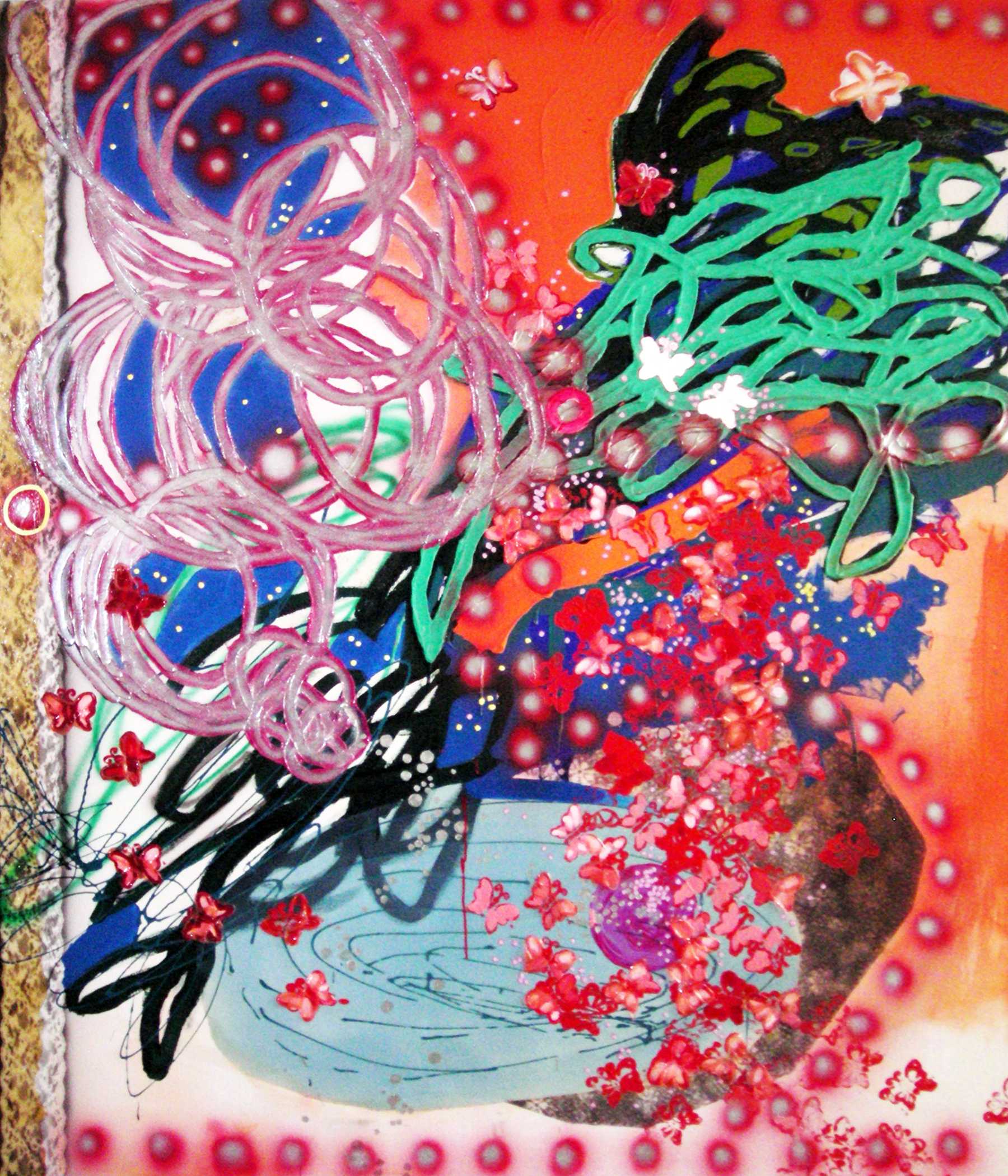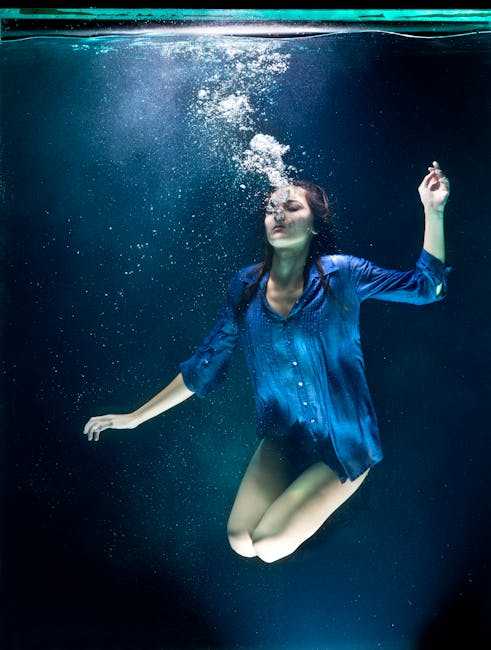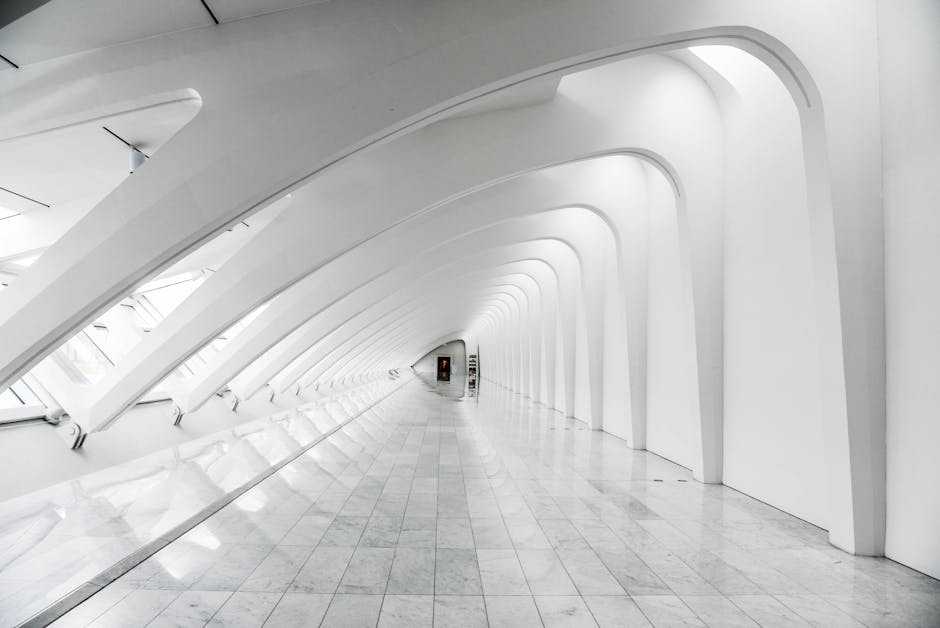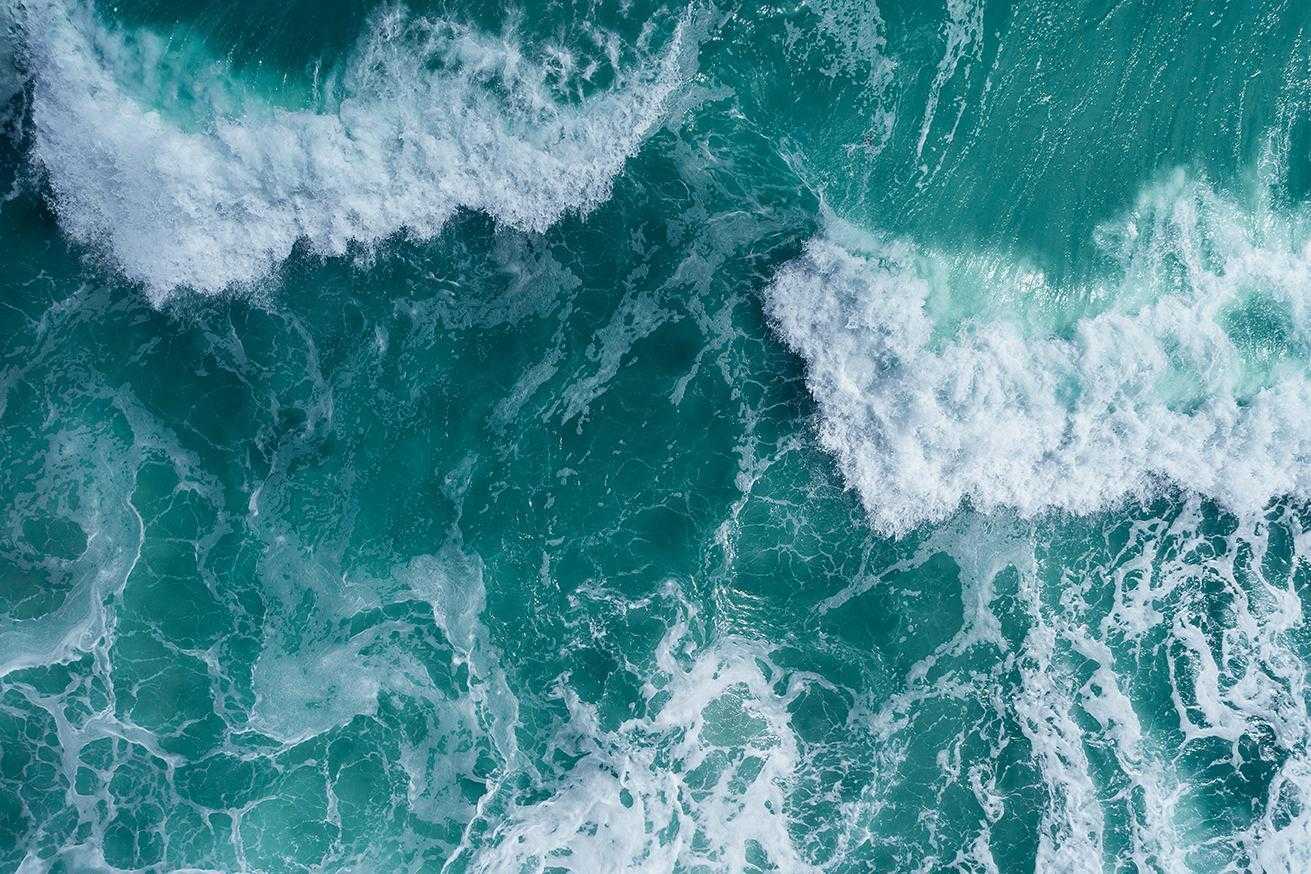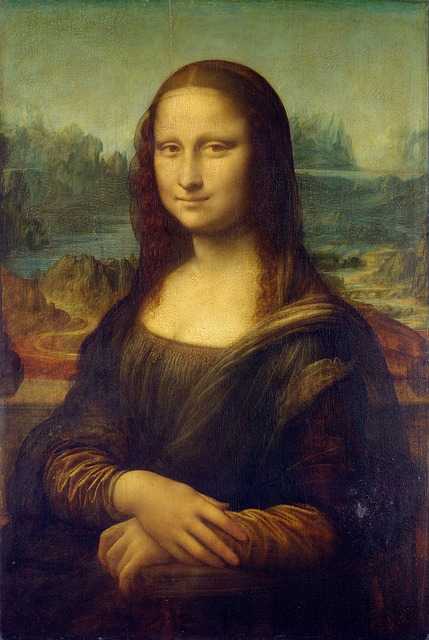Table of Contents
- Exploring the Evolution of Modern Art Oil Painting Techniques
- Understanding the Color Palette: Choosing the Right Oils for Your Masterpiece
- The Role of Texture in Modern Oil Painting: Techniques to Enhance Your Work
- Famous Modern Oil Painters and Their Creative Processes
- Creating Impactful Modern Art: Tips for Artists and Collectors
- Q&A
- Insights and Conclusions
Exploring the Evolution of Modern Art Oil Painting Techniques
The landscape of oil painting has transformed dramatically over the past century, reflecting shifts in society, technology, and artistic philosophy. Modern artists have embraced a multitude of techniques that push boundaries and explore new expressions. Palette knife painting, for instance, has risen in popularity due to its ability to create textured and dynamic forms. Artists like Frank Auerbach and Georg Baselitz have utilized this method to express movement and emotion, layering paint to build depth and vibrancy on their canvases.
Moreover, the innovation of mixed media has revolutionized the way oil paints interact with other materials. Contemporary creators often combine oil with acrylics, watercolors, and even digital elements. This blending not only allows for a broader range of textures and color palettes but also expands the meaning and narrative possibilities of a piece. Artists such as Anselm Kiefer and Jean-Michel Basquiat have played a key role in transforming traditional oil painting into a multifaceted dialogue between various mediums.
In addition to traditional application methods, experimental techniques have found a niche in modern oil painting. Techniques such as drip painting, inspired by Jackson Pollock, or pour painting, which uses gravity to manipulate color flow, offer a fresh take on artistic creation. These approaches emphasize spontaneity, inviting viewers into a conversation about the relationship between chance and control in artistic expression. The evolution of these techniques not only showcases individual creativity but also reflects broader cultural movements and technological advancements.


Understanding the Color Palette: Choosing the Right Oils for Your Masterpiece
When diving into the world of oil painting, the color palette becomes your most essential tool in creating a breathtaking masterpiece. Choosing the right oils not only influences the visual appeal of your work but also affects the emotional response it evokes in viewers. Understanding the properties of different pigments is crucial: some colors lend themselves to transparency while others are opaque, and each can transform your painting in unique ways. For instance, cadmium reds and yellows are vibrant and opaque, perfect for creating depth, while phthalo blue is known for its intense hue and transparency, ideal for glazing techniques.
To effectively build your palette, consider these factors:
- Color Theory: Familiarize yourself with primary, secondary, and tertiary colors. Utilizing a color wheel can guide you in selecting harmonious combinations.
- Warm vs. Cool Colors: Warm colors like reds and yellows can evoke energy and passion, while cool colors like blues and greens can create calm and serenity.
- Complementary Colors: Pairing opposites on the color wheel can create striking contrast and vibrancy, enhancing the visual impact of your piece.
When crafting your palette, it might be beneficial to create a table that outlines your selected colors and their properties. This can help streamline your process and serve as a quick reference during your painting sessions:
| Color | Type | Transparency |
|---|---|---|
| Cadmium Red | Opaque | None |
| Phthalo Blue | Transparent | High |
| Golden Yellow | Opaque | None |
| Ultramarine Blue | Opaque | Medium |
Selecting the right oils extends beyond simply choosing colors; it’s about how these colors interact on your canvas. The layering techniques you employ and the mediums you mix with your oil paints can drastically alter the final outcome. By carefully considering your color palette and the qualities of each paint, you can enhance your artistic expression and create works that resonate deeply with your audience.


The Role of Texture in Modern Oil Painting: Techniques to Enhance Your Work
The evolution of oil painting has seen artists experiment with a myriad of textures, turning their canvases into dynamic landscapes of visual experience. By incorporating varied techniques, artists can not only add depth but also evoke emotions and narratives that resonate deeply with viewers. Texture can be achieved through several methods, each offering a unique character to the piece:
- Impasto Technique: This involves applying paint in thick layers, allowing the strokes to stand out physically from the canvas. The result is a tactile surface that catches light and shadow, creating movement and excitement.
- Glazing: This technique creates depth by layering transparent colors. Each subsequent glaze modifies the previous layers, enriching the overall color and luminosity while adding a subtle texture that can be felt through the eye.
- Dripping and Pouring: Inspired by abstract expressionism, artists can achieve irregular textures through the use of liquid oil paints poured or dripped onto the canvas, resulting in organic patterns that intrigue and captivate.
In addition to these methods, incorporating mixed media can amplify texture and provide a contemporary twist to traditional oil painting. Artists often include materials such as sand, fabric, or paper, allowing for innovative interactions that challenge the viewer’s perception. By thoughtfully integrating these elements, they can create intriguing contrasts between smooth and rough areas, leading to a more immersive experience for the audience.
| Technique | Description | Effect |
|---|---|---|
| Impasto | Thick application of paint | Creates physical depth and light interaction |
| Glazing | Layering of transparent colors | Enhances richness and brightness |
| Mixed Media | Incorporating different materials | Introduces unexpected textures and contrasts |
Ultimately, texture serves as a powerful tool in modern oil painting, capable of elevating a simple image into a vivid story that interacts with the viewer on multiple levels. By delving into these techniques and experimenting boldly, artists can cultivate a signature style that captivates and communicates their artistic vision. Each textured brushstroke or layered glaze contributes to the overall narrative, ensuring that every piece is not just a visual feast, but also a tactile experience.


Famous Modern Oil Painters and Their Creative Processes
In the realm of contemporary oil painting, several artists stand out not just for their exceptional talent but also for their distinctive creative processes. Gerhard Richter, for instance, combines traditional technique with a modern twist. Often oscillating between abstraction and realism, Richter employs various methods, including squeegees and brushes, to manipulate color and texture. His approach can be described as a dance between chaos and order, resulting in visually striking pieces that invite viewers to explore their own interpretations.
Another modern luminary is Yayoi Kusama, renowned for her use of polka dots and vibrant colors. Her Infinity Net series exemplifies her obsession with repetition and infinity. Kusama’s process is deeply personal, as she often draws upon her psychological experiences. Utilizing a meditative technique, she meticulously layers paint, creating mesmerizing patterns that symbolize both her inner world and a connection to the universe. Through her work, she effectively blurs the lines between the self and the cosmos.
| Artist | Style | Technique |
|---|---|---|
| Gerhard Richter | Abstract & Realism | Squeegee & Brush Manipulation |
| Yayoi Kusama | Pop Art & Minimalism | Layering & Repetition |
| Mark Rothko | Color Field Painting | Layered Glazing Technique |
Lastly, Mark Rothko has made a significant impact with his unique approach to color and composition, focusing on emotional resonance rather than representational forms. His large canvases invite viewers to immerse themselves in fields of color, evoking powerful moods and feelings. Rothko’s technique involves building up layers of translucent oil paint, creating a luminous quality that transforms the viewer’s experience with each glance. The simplicity of his work hides a complex emotional landscape, illustrating how modern oil painting continues to push boundaries and provoke thought.


Creating Impactful Modern Art: Tips for Artists and Collectors
Creating modern art is about experimentation and self-expression, making it crucial for artists to embrace their unique style. Start by exploring a variety of techniques and mediums within the realm of oil painting, which is celebrated for its versatility and depth. Consider using bold color palettes that evoke emotional responses and create striking contrasts. Experiment with texture through layering techniques, allowing your brushstrokes to become a part of the artwork’s narrative. This approach not only enhances the visual appeal but also invites viewers to engage with the pieces on a deeper level.
Collectors looking to curate impactful modern art should focus on the story behind each piece. When selecting works, consider the artist’s background, vision, and technique. Engaging with the artists, attending exhibitions, and understanding their creative process can provide insight and meaning to the pieces you choose to invest in. Additionally, pay attention to emerging trends in modern art, such as sustainability and social justice themes, as these often resonate with audiences and can influence a piece’s future value.
Incorporating thoughtful elements into both the creation and collection process can significantly enhance the experience of modern art. Artists and collectors alike should appreciate the role of context in perception; where and how a piece is displayed can transform its impact. To illustrate this concept, here’s a simple table showcasing ideal display environments for modern oil paintings:
| Environment | Key Features | Benefits |
|---|---|---|
| Art Galleries | Neutral walls, dedicated lighting | Enhances viewer focus on the artwork |
| Private Homes | Personal style, warm lighting | Fosters emotional connection and intimacy |
| Public Spaces | Wide visibility, diverse audiences | Encourages community engagement and interaction |
Q&A
Q&A: Understanding Modern Art Oil Painting
Q: What defines modern art oil painting? A: Modern art oil painting is characterized by its departure from traditional themes and techniques, focusing instead on abstraction, experimentation, and personal expression. This genre encompasses a wide range of styles, from Impressionism to Abstract Expressionism, often prioritizing the artist’s inner vision over realistic representation.Q: How has the evolution of oil painting influenced modern art? A: The evolution of oil painting has played a crucial role in modern art. The flexibility and richness of oil paints have allowed artists to explore new techniques, textures, and color palettes. Innovations such as the use of thicker applications (impasto) and lighter washes have given rise to varied expression—from the vibrant landscapes of Impressionists to the bold strokes of Abstract Expressionists.
Q: Who are some of the most influential modern oil painters? A: Influential figures include Vincent van Gogh, whose emotive brushwork redefined color usage; Pablo Picasso, who revolutionized form and perspective; and Jackson Pollock, known for his drip painting technique that emphasized action and movement. Each of these artists challenged conventions and laid the groundwork for contemporary styles.
Q: What materials are typically used in modern oil painting? A: Modern oil painters primarily use oil paints derived from pigments and oils such as linseed for optimal blending and vibrancy. Canvas, wood panels, and sometimes unconventional surfaces are popular supports. Brushes, palette knives, and even fingers may serve as tools to create diverse textures and effects.
Q: How can one start creating modern oil paintings? A: Beginners should start by gathering essential supplies: quality oil paints, a palette, brushes, and a canvas. It’s beneficial to study various modern art movements and styles to choose an inspirational direction. Practice is key—experimenting with color mixing and brush techniques will build confidence in creating unique artworks.
Q: What themes are commonly explored in modern oil paintings? A: Themes in modern oil painting often revolve around identity, society, and personal experience. Artists might explore abstract concepts, emotional struggles, or critiques of the contemporary world. The open-ended nature of modern art encourages viewers to interpret the meaning based on their own experiences.
Q: How does modern art oil painting compare to traditional styles? A: Unlike traditional styles that emphasize realism and technique, modern art oil painting values individuality, experimentation, and abstract forms. The focus shifts from depicting reality to conveying emotions and concepts, making engagement with the viewer a central element of the artwork.
Q: What role does viewer interpretation play in modern oil paintings? A: Viewer interpretation is central to modern oil painting. Unlike traditional artworks that often convey a clear message, modern pieces invite personal reflection and subjective meaning. Each viewer brings their own experiences and emotions, transforming the artwork into a unique dialogue between them and the artist.
Q: Are there any challenges associated with modern oil painting? A: Yes, challenges include the need for continual innovation in style and technique, as modern art is constantly evolving. Additionally, artists may grapple with the pressure to conform to contemporary trends or expectations. Finding one’s voice amid a vast field of possibilities can be daunting but is ultimately rewarding.
Feel free to explore these insights as you delve deeper into the fascinating world of modern art oil painting!


